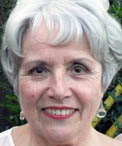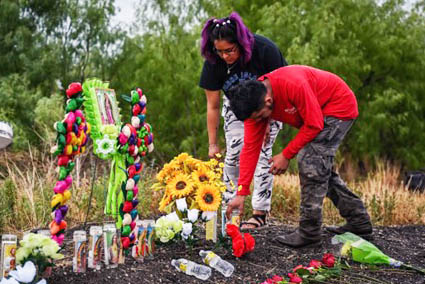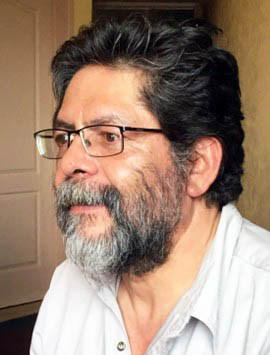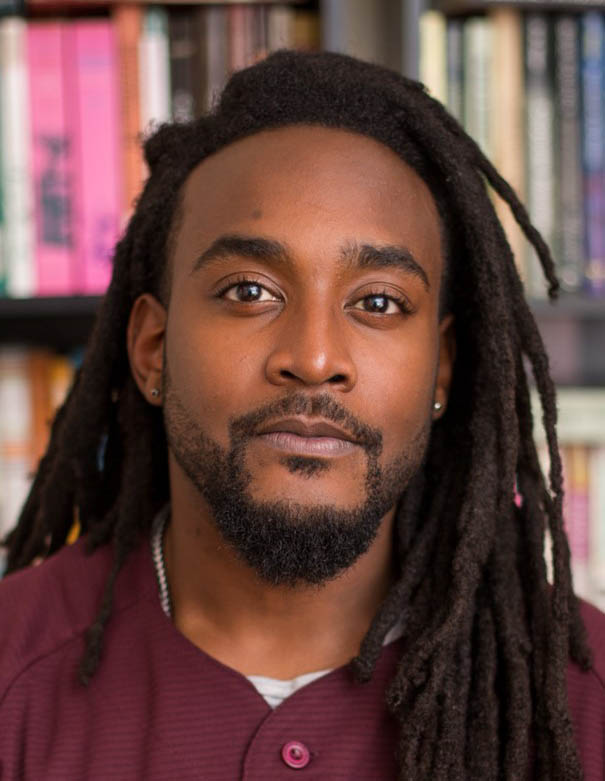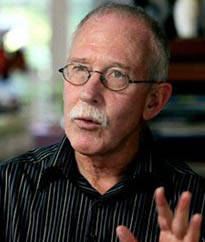|
Few people have worked longer and harder for justice in the borderlands than Josefina Castillo, the co-founder of Austin Tan Cerca de la Frontera, the Texas advocacy group that’s been building community-based transnational solidarity for over two decades. Castillo, also a Women on the Border board member, studied at the Universidad Nacional Autonóma de México and then earned a PhD in education from the University of Arizona. She went on to work as a popular educator in both México and the United State and then directed Austin’s American Friends Service Committee office. |
|
|
How did you decide to found Austin Tan Cerca de la Frontera?
I didn’t really intend to live in the US at all, but some 20 years ago the Austin office of the American Friends Service Committee had an opening that fit what I wanted to do. I got the job, and I’m still here!
Austin Tan Cerca de la Frontera started as a project of the AFSC. We wanted to make the connection between immigration and economic justice, and some northern México maquila organizers from the Comité Fronterizo de Obreras, based in Piedras Negras, Coahuila, had come to do a presentation for us. That presentation moved some folks in the audience to organize a delegation to México to repay them for their visit.
What started as an informal “payback” visit soon became a unique solidarity relationship that has now lasted over 22 years. We’ve gone to México several times a year, stayed at the homes of maquiladora workers, and formed friendships. We’ve experienced first-hand the living and working conditions those workers face. We decided to keep this program going after the Austin AFSC office closed a dozen years ago.
On June 28, we learned that 53 migrants had died in a trailer truck in San Antonio. What cost them their lives?
We’ve seen changes in migration patterns. In the past, a lack of jobs was driving migration. Inside México, people moved internally mainly to places that needed labor — to help with a harvest, for example. Some people did go to the US, but, back then, mainly men did the migrating and they migrated individually.
Now we’re seeing added reasons that push people to migrate, They’re escaping from violence, either by drug cartels or domestic abuse. Migrant deaths, meanwhile, have been increasing because tighter border controls have pushed migrants to cross in more dangerous areas such as the Arizona desert, where dehydration and the relentless sun are taking many migrant lives.
We’re also seeing mass migration, not just of men, but women and children. With crossing the border harder, people need to hire guides — and that’s helped international organized crime networks make immigration into a big business. Just think about how much money smugglers can make when they charge $10,000 to $15,000 per person, in a trailer filled with 100 to 300 people! This can come to millions of dollars from just one 18-wheeler.
A tragedy like the one in San Antonio, with 53 people asphyxiated, shocks us all. But trailers like this one are every day smuggling in hundreds of immigrants. Where do people get the passage money? They often have relatives in the US who send money to bring their families over through these dangerous means. |
|
How have people in the border communities you work with reacted to this latest horrific event?
Well, people who have gone through similar conditions feel “this could have happened to me!” Some of our partners from Fuerza Unida in San Antonio have had community meetings with a spiritual component, mourning the deaths of their brothers and sisters. |
|
|
The site where the death truck turned up/Kylie Cooper/The Texas Tribune |
|
People also feel the need to get more involved in politics, to vote and put pressure on their representatives on behalf of poor immigrant communities of color. They say that instead of finding the so-called “American dream,” their countrymen have found death.
Some politicians are saying we need greater border security to prevent this kind of tragedy.
Border security, even with high tech like electronic detectors, even with more militarization, hasn’t deterred migrants from crossing. The Republican governor of Texas, Greg Abbott, has publicly blamed President Biden for “opening the borders.” If we had open borders, no one would be hiding in an unventilated truck.
What do we need to do instead?
In the short-term, authorities in both countries have to build a strategy against corruption at the border and work on broad immigration reform. Current policy punishes the victims. But political polarization hinders these efforts. A long-term strategy requires looking at the root causes of migration in the countries of origin. If we don’t change the conditions that threaten what’s precious in human beings, people won’t stop migrating — and they’ll have to travel increasingly more difficult and dangerous routes.
To paraphrase what the Chicana author Gloria Anzaldúa wrote several decades ago. “The border is like a wound that bleeds constantly.” Today, as we grieve the 53 dead, the wound runs deeper than ever. The bleeding continues.
This coming September 3, on Labor Day afternoon, activists at Austin Tan Cerca de la Frontera will be hosting their front-line partners at the Comité Fronterizo de Obrer@s, who’ll be sharing their take, together with local immigrant rights leaders, on union organizing in México‘s maquiladoras. Spread the word with this leaflet and come practice transnational solidarity with worker and immigrant organizers! |
 Accounts
Accounts
 Boxes
Boxes
 Events
Events
 Memberships
Memberships
 Wikis
Wikis
 Polls
Polls
 Newsletters
Newsletters
 Announcements
Announcements
 Request feature
Request feature
